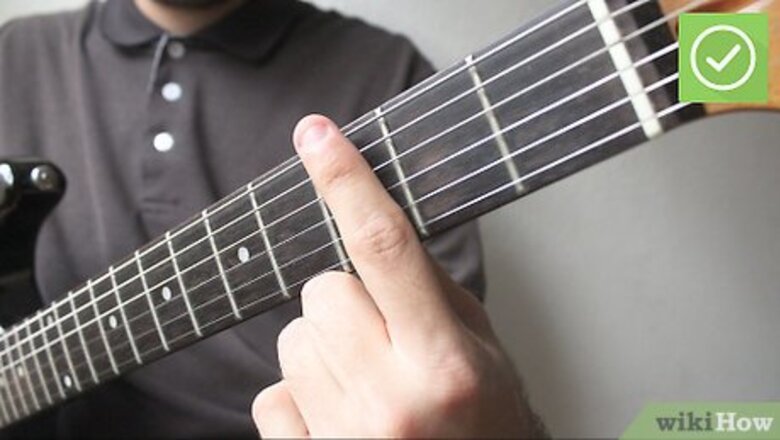
views
Getting Your Finger Position Correct
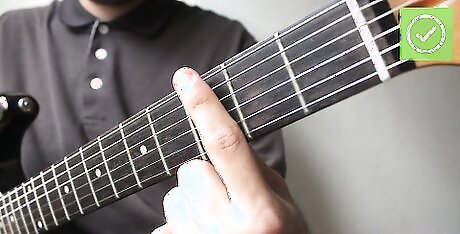
Position your index finger along a fret. You don't want to use the squishiest part of your finger, but rather use the harder portion close to your thumb. As you begin practicing barre chords, place your middle finger on top of your index finger, but only to familiarize yourself with the required pressure needed against the strings. The eighth fret is lower in string tension. This will make an easier starting point for your fingers. EXPERT TIP Michael Papenburg Michael Papenburg Professional Guitarist Michael Papenburg is a Professional Guitarist based in the San Francisco Bay Area with over 35 years of teaching and performing experience. He specializes in rock, alternative, slide guitar, blues, funk, country, and folk. Michael has played with Bay Area local artists including Matadore, The Jerry Hannan Band, Matt Nathanson, Brittany Shane, and Orange. Michael currently plays lead guitar for Petty Theft, a tribute to Tom Petty and the Heartbreakers. Michael Papenburg Michael Papenburg Professional Guitarist Our Expert Agrees: Barre chords are essentially based on the same concept as playing open chords, but you're placing your finger all the way across one of the frets. That allows you to play higher inversions than you normally could, because you're using your finger as a replacement for the nut of the guitar.
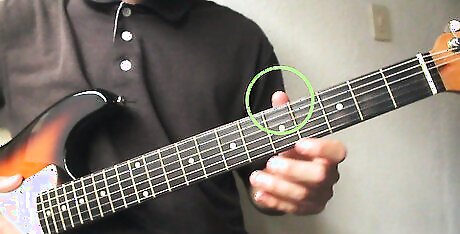
Press your thumb against the back of the neck. Imagine holding your fingers on the neck of a guitar like you're squishing a bug. Apply pressure from both sides to get the cleanest sound. It will feel awkward at first.
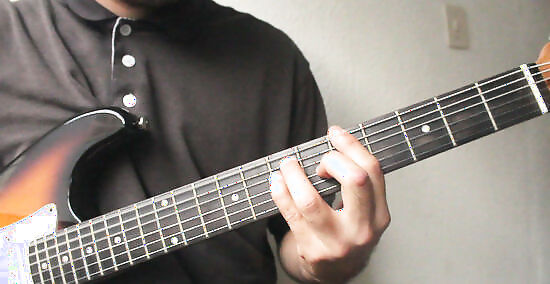
Practice the major chord. This chord is played in standard tuning, as in EADGBE (the rest of the explanations for this article are also in this tuning). If you already know how to play an E major, then apply this position underneath your index finger. The position on the eighth fret is: Barre the eight fret with your index finger. Place your ring finger on the fifth string (A) on the tenth fret. Place your pinky-finger on the fourth string (D) on the tenth fret as well. Then place your middle finger on the third string (G) on the ninth fret. This will be hard at first, but know that everyone has struggled just like you are.
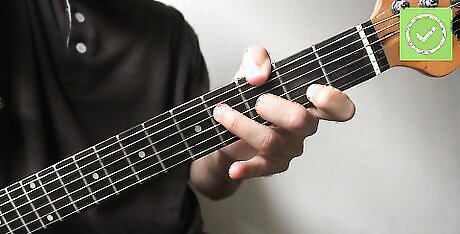
Play barre chords like Jimi Hendrix. Jimi played the guitar differently than the described method above. He employed the thumb over technique. What this means is that instead of barring your index finger, you can use your thumb on the lowest string. Imagine holding the guitar neck like a microphone or a drum stick. Everyone has their preferences and many people would advise against this approach, but you could say, "this is how Hendrix played."
Building up Dexterity
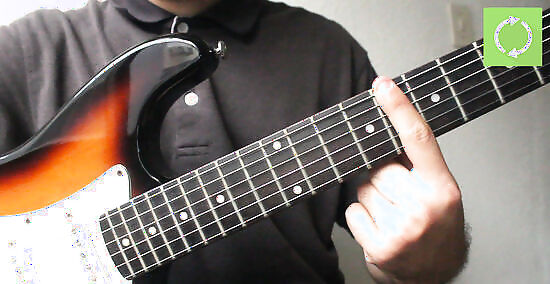
Begin a practice routine. Before perfecting your barre chord, practice each component. Spend 10-15 minutes a day only practicing your index finger along the eighth fret. Pluck each string and listen for a clear sound from each string.
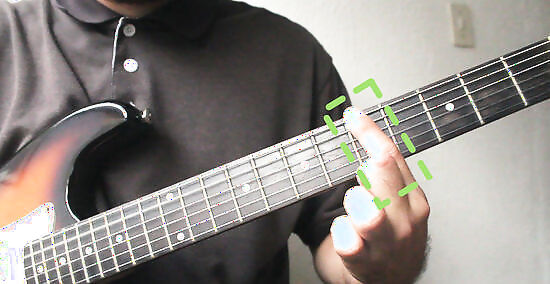
Move down to the fifth fret. You are using the same practice of only barring your index finger, but now you're using more pressure from your finger. The fifth fret has more tension from the strings then the sixth fret. Try going for complete clarity from all strings at least 90% of the time.
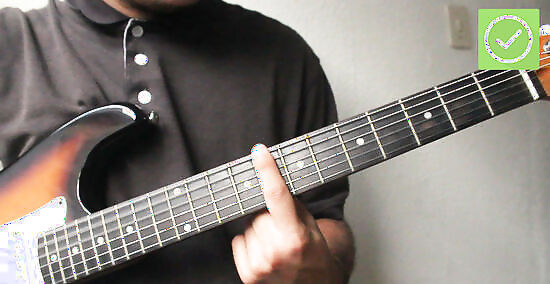
Practice holding this position while moving between frets. Remember that, as you move away from the neck, the tension of the strings will be less, so it should be slightly easier to hold.
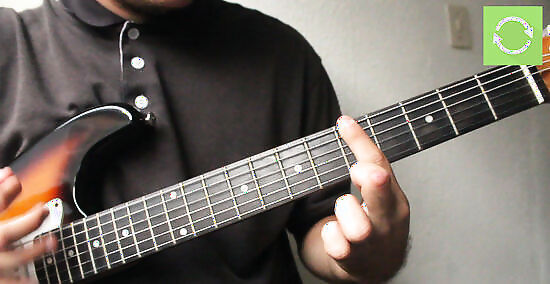
Practice for two weeks. If you practice these steps everyday for 15-20 minutes, you'll notice a difference within two weeks. If you're not improving, extend the duration of your practice and check on your progress after a week.
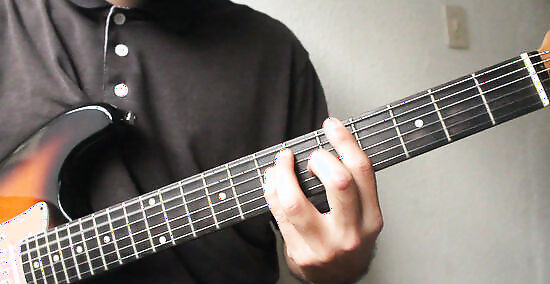
Apply chord shapes. Only after strengthening your index finger into a comfortable barred form can you add other fingers to create real chords (although barring the eighth fret only is a Cm7add11). There are various chords to practice. As an example, look at this list of bar chords.
Continuing to Practice Form
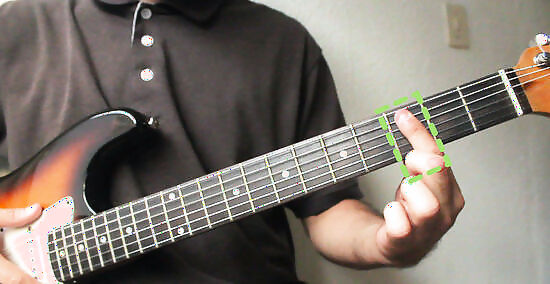
Explore the "A" barre chord. To play this, bar the third fret (or any fret now that you know how barre chords work), starting from the fifth string (A string). Place your index finger across all the stings except the low E. To play a major chord in this form, use your ring finger to barre the D, G, and B strings on the fifth fret. This is a C major.
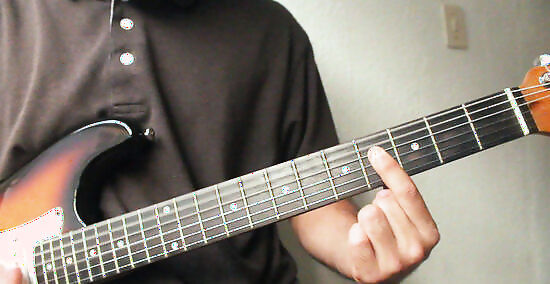
Learn the varieties of the "D" barre chord. Just like the other types of barre chords, you can start on the D string as the root. This is a less challenging barre chord, but a useful one. Practice a simple, funky sounding chord by barring the D string to the high E string, without strumming the E or A strings.
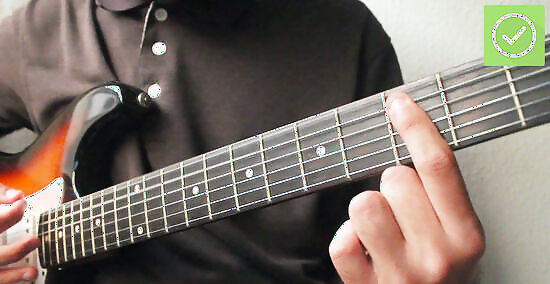
Learn a song. A great way to incorporate the form and dexterity you've learned is by putting these lessons in action. Pick a song you know very well and Google search the name of the song and the related chords such as "I'm only sleeping by The Beatles chords."
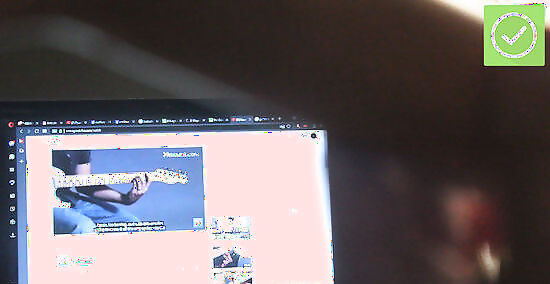
Explore tutorial videos on Youtube. There are countless tutorials for learning how to play barre chords aimed for beginners. You can also find plenty of tutorials for learning popular songs that spend time showing you everything.
















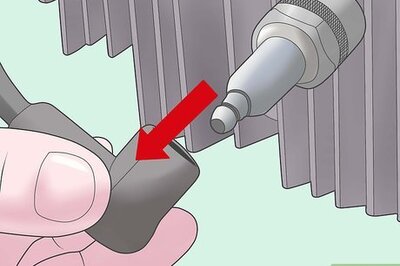
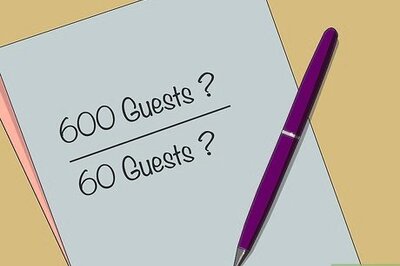


Comments
0 comment